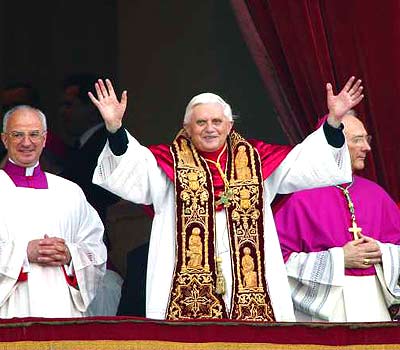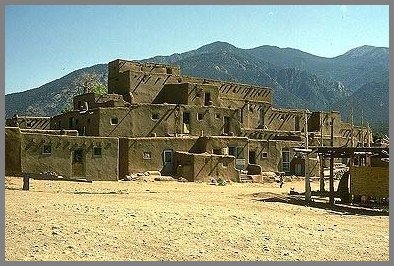It's easily on a par with the Ender's Game saga by Orson Scott Card, another great series. My ratings for the Hyperion books:
Hyperion: 8.5
The Fall of Hyperion: 9.0
Endymion: 8.5
The Rise of Endymion: 9.0
The Hyperion Cantos deals with the major concepts of science fiction: faster-than-light travel, time travel, artificial intelligence, the Internet, nanotechnology, genetic engineering, alien races, androids, and so forth. And some big moral themes of religion and philosophy.
Most series ignore one or more of these concepts. For instance, Star Trek mostly pretends that the Internet, nanotechnology, and genetic engineering don't exist. But Simmons addresses them all and weaves them into a believable whole.
Civilization vs. nature
The main theme of the Hyperion Cantos may be the corruption and decadence of civilization. This is represented by the Pax (the Catholic Church) and its supporters in the Hegemony's military-industrial complex. Showing how stagnant and sterile the Church has become, it has moved the entire Vatican to another world. It apes the forms and rituals of the past but with no heart or soul.
Opposing the Pax are members of non-Western cultures and religions, the rebel "Ousters," free-thinkers, artists, and others. They basically want the right to live and grow without Church interference. They're evolving according to the random vagaries of nature, not the artificial rules of theocracy.
Simmons seems to believe Buddhism is the purest and best religion. The central portion of the book and many of the supporting characters have a Buddhist background. He also advocates a reverence for nature, exemplified by the novel's Brotherhood of the Muir, Treeship, and Biosphere. His most glowing passage is the description of a spectacular sunset on a gas giant.
Simmons pursued a similar anti-Western theme in his novel The Terror. Instead of the interstellar Pax civilization, The Terror gives us two British shipwrecks trapped in an Arctic wasteland. Aboard the ships life is orderly, civilized, Christian. Outside the ships is a death-dealing void. An unnamed beast punishes the Westerners for their hubris; the Shrike does the same in Hyperion.
In The Terror, the Inuit Lady Silence moves easily between civilization and the "wild" because she's in tune with her environment. She doesn't try to conquer nature, she lives in harmony with it. Aenea and her Buddhist followers play the same role in the Hyperion books. Their temples are small and fragile compared to the Pax's palaces and cathedrals.

Natives represent life
In my review of Hyperion, I noted some parallels between the Hegemony and the Euro-American West. And between the rebels and Earth's indigenous people. These parallels mostly disappeared in the next two novels, but they reappeared in The Rise of Endymion. Here are some of the book's indigenous references:
So the Indians have been keeping the Westerners alive in their manmade habitat. The Indians belong in the desert, amid nature's bounty, on Earth. The non-Indians don't.
Raul Endymion translates this into plain English: The Arch "was built to honor the people who killed the Indians."

More indigenous cultures
All in all, the Hyperion Cantos is a must-read if you're a science-fiction fan. Rob says: Check it out.
For more on Native-themed science fiction, see Preview of Domers and So Long Been Dreaming.


3 comments:
Sounds cool.
Oh, hey, I read Ender's Game. After reading about the boys fighting in the shower, Orson Scott Card's homophobia made perfect sense. ;)
I concur with Rob. I've read a lot of science fiction over the years, and two series stand well above all the rest. This is one of them.
Rob, this is the third Simmons work that I know of that has mentionable Native-related themes/etc.
---------------------------
Elsewhere, Simmons has been bashed as a "neo-con" for having Al Qaeda-based historic situations in "Olympos".
Don't keep us in suspense, DMarks. What's the other series?
Dan Simmons also addressed Custer, Crazy Horse, and the Lakota in his recent novel Black Hills. As I noted in Dan Simmons Tackles Black Hills. Clearly he's interested in indigenous issues.
Post a Comment